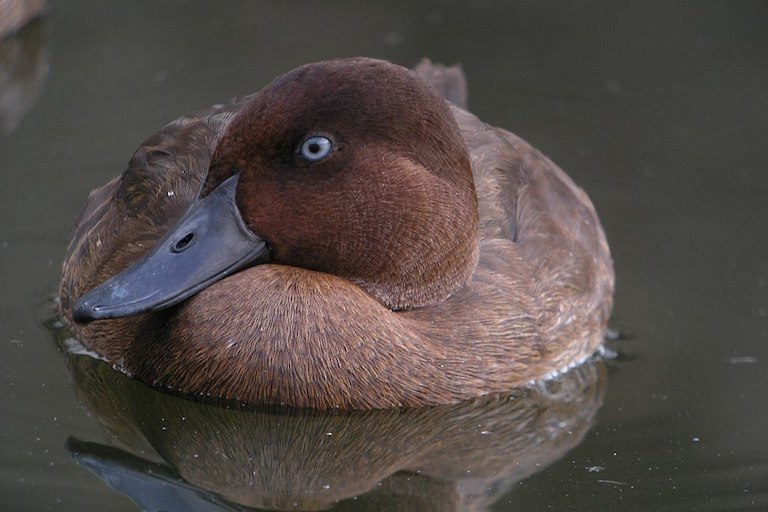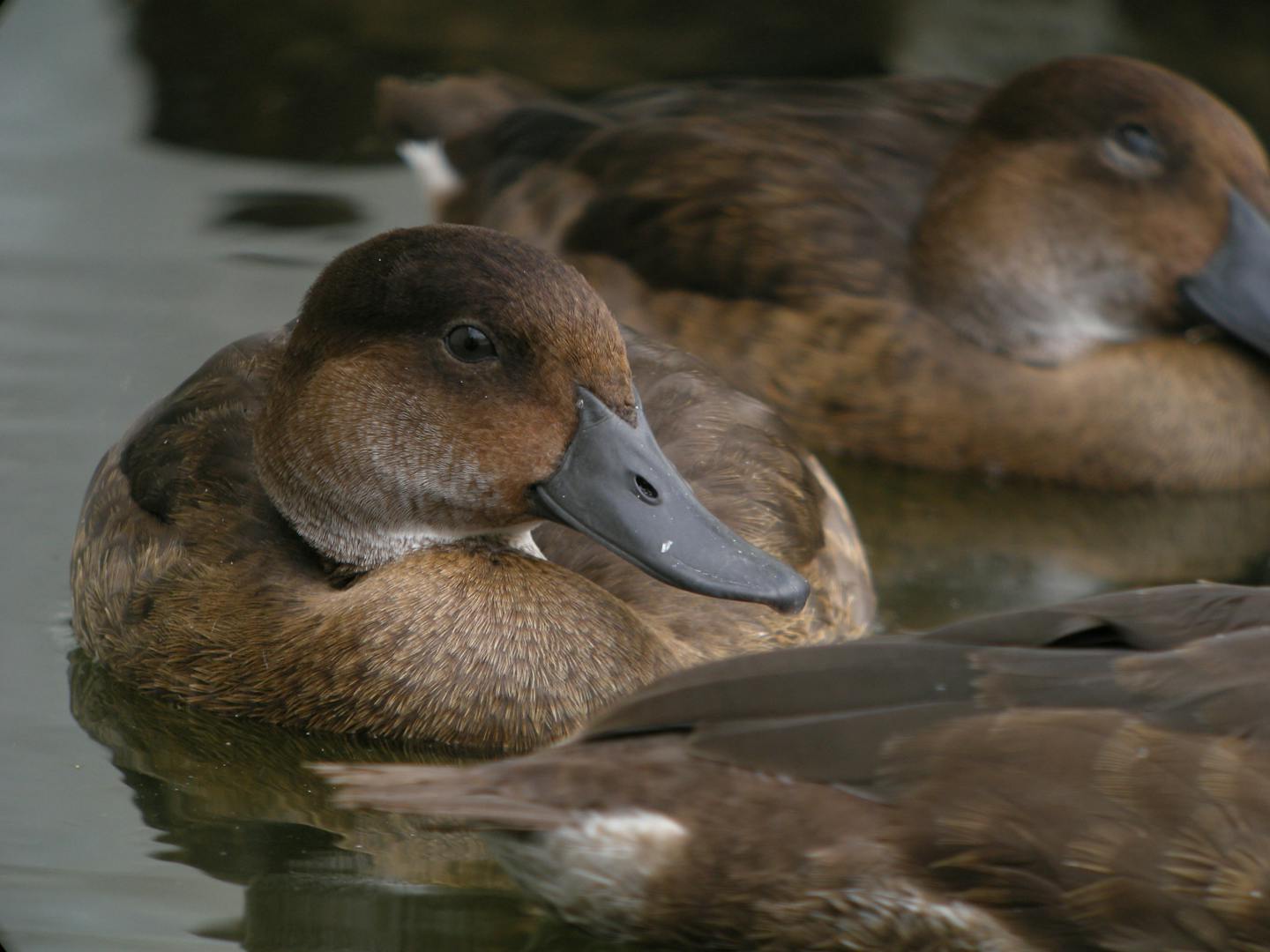The great Madagascar pochard comeback
One of the world’s rarest birds, once thought to be extinct, successfully bred in the wild late last year. The crop of ducklings marks a victory for conservation groups that have been working for more than a decade to save the species.
In November, conservationists celebrated the appearance of 12 Madagascar pochard (Aythya innotata) ducklings on Lake Sofia in northern Madagascar. They had introduced a set of young adult pochards there in December 2018 but did not expect them to reproduce so quickly. Diving ducks normally don’t breed until they are two years old.
In addition to the 12 ducklings, which came in two broods, there are also eight pochard eggs in the marshes that should hatch in the next few weeks.
The pochard was once common in Madagascar’s highlands, but the population declined rapidly in the mid-20th century. Besides one male found in 1991, there were no confirmed sightings between 1970 and 2006, when a scientist from U.S conservation group the Peregrine Fund happened to spot a few of the ducks in a volcanic lake in northern Madagascar, near the town of Bemanevika.

A captive-bred male Madagascar pochard, about a year old.
Image by Frank Vassen via Wikimedia Commons (CC BY 2.0)
After 2006, scientists determined that Bemanevika was not an ideal place for the pochard population to grow because of the topography of the lake the pochards kept to and the extremely high death rate of ducklings. In 2009, Durrell Wildlife Conservation Trust and partner organizations removed pochard eggs from the wild and started a captive-breeding program in the regional capital of Antsohihy. Finally, in December 2018, they reintroduced 21 pochards into the wild at Lake Sofia, about 50 km (30 mi) southeast of the Bemanevika site where the bird was rediscovered.
Despite the recent success, the pochard’s existence as a species remains precarious, with its total population measurable in the dozens. More than a year after reintroduction, just nine of the 21 adult pochards live at Lake Sofia; one died, and the remainder are unaccounted for. At Bemanevika, there are just over 50 pochards, while 94 pochards live in captivity at two facilities in Antsohihy.
The conservationists say their efforts to save the pochard dovetail with their community work — that is, what’s good for the pochard is good for human beings. “The pochard depends on a healthy wetland, and that will be more productive for human use as well,” said Richard Lewis, Durrell’s country director.

.png?auto=compress%2Cformat&w=200)
